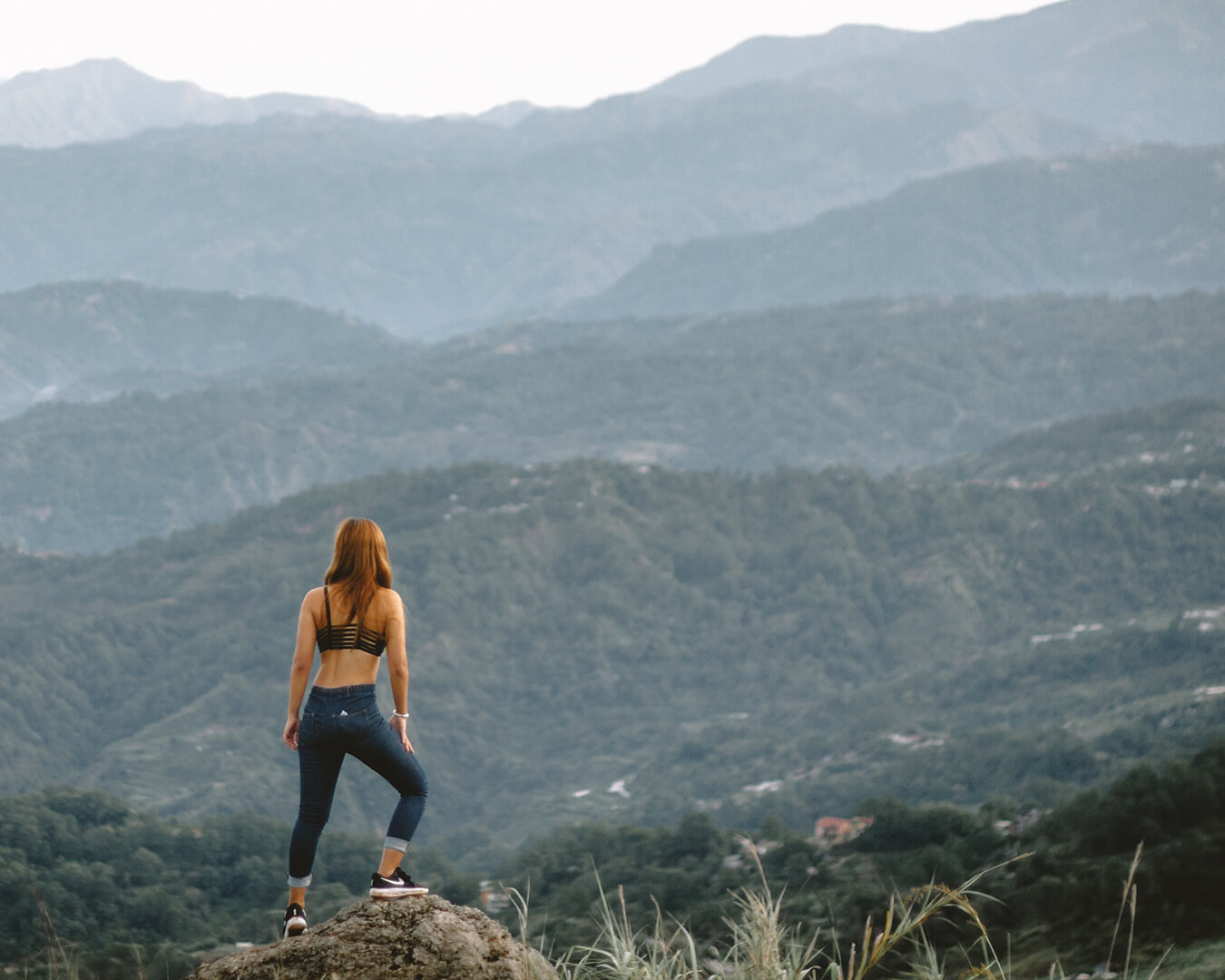It’s easy enough to throw around, “Let’s go on a hike!” to your friends over drinks, and ultimately let the plans fall through. The amount of time and effort it takes to plan a trek up one of Cebu’s many mountains is arguably more grueling than the hike itself—and is the backbone of a smooth trip.
Because we’ve also fallen into this trap of hikes that never happened, we decided to actually do something about it this time. We sat down with Renzo Arrogante, an avid outdoor enthusiast who, for the past nine years, has reached a number of peaks around the country and abroad. He’s also spent the last nine years as an outdoor educator, facilitating team building activities and physical exercises in the mountains of Cebu.
As it turns out, planning ahead is the first of the seven “Leave No Trace” principles. These principles serve as a framework for your hike, and indubitably any other outdoor activity you plan on doing.
Plan Ahead and Prepare
Knowing your location is the very first step to planning your hike. How’s the terrain, the weather, the altitude? How do you get there, how do you dress for it? Do some research and prepare accordingly. Find out everything there is to know about the trail, from how to get there to whether or not there are any fees you have to pay.
Getting to know your location will allow you to prepare for whatever circumstances you might come across and what you’ll need to get through it. Muddier terrain would call for some durable closed-toe shoes, higher elevations require cold weather clothing like windbreakers, and don’t forget to cover your extremities and head with protective clothing or sunscreen.
No matter what the location, always make sure to pack light and keep your belongings in an accessible waterproofed bag. Renzo says you’ll want to have at least two to three liters of water, regardless of how long you think the hike will go, or whether or not there’s potable water in the area. Bring along some trail mix for a quick and easy energy boost, as well as a first-aid kit and your personal medications.
If you’re setting up camp for the night, bring your tent and any other camping materials you might need, like sleeping bags, a portable butane stove, as well as a tarp for your tent’s durability and makeshift shade.
Travel on Durable Surfaces
Don’t stray or wander from the trail, and always watch where you’re going. Boldly climbing up whatever boulder you find might make you feel like you’re in a movie, but exercise caution or that movie could end up being 127 Hours.
Dispose of Waste Properly
This list already reads like a bunch of no-brainers, but this might be the most obvious one. Don’t go around dumping your waste just anywhere. Find a proper disposal area, or carry your trash with you until you can find one.
Leave What You Find
Contrary to the popular expression, the world is not your oyster. Whatever you come across on your trek needs to stay where you found it. There’s an entire ecosystem that’s been at work since before you decided to visit—don’t go around disrupting it.
Minimize Campfire Impact
Did you know it could take years for the ground to heal after starting a campfire? If you really need to start a fire, minimize the impacts by keeping it elevated, keeping the area clear and making sure to completely extinguish it before you go on your way.
Respect Wildlife
Aside from the danger you could be putting yourself in, also consider any wildlife’s natural instinct of self-preservation. Don’t aggravate or disturb any creatures or plants you may encounter.
Be Considerate of Others
Whether it’s locals or fellow hikers, always be mindful of others. Check on your companions, treat people with respect and remember to mask up and social distance.

CLOCKWISE FROM TOP LEFT Renzo shares snapshots from his treks in Balamban, Mt. Talinis in Negros, Babag Range, and Mt. Naupa.
So you’ve gotten some tips for your first hike. Still don’t know where you’re headed? Renzo shares some of three spots in Cebu you should consider:
Osmeña Peak
The highest point of Cebu, Osmeña Peak stands at 1,013 feet above sea level. Still, it’s one of the best trails for beginners. With a fairly easy trail, expect to reach the peak within half an hour.
If that’s just a little too easy and you’re looking for something a little more demanding, you can traverse to Kawasan Falls. Be prepared: the trek could take as long as eight hours and is far more difficult, so don’t just decide to jump into it on a whim once you’ve reached the top.
Budlaan Falls
Accessible through Talamban, Budlaan might be the most convenient choice at first look, but is definitely one of the more challenging trails. You can choose one of two options: a highland trail, or a river trek.
Consider the weather and what you’re prepared for: if it looks like rain, you might be better off taking the highland trail as the river could easily overflow, or saving the trip for a better day.
Mt. Manunggal
Famous for being the site of Ramon Magsaysay’s plane crash, Mt. Manunggal in Balamban is arguably the most laidback trail on this list, though not any less rewarding. This lengthy hike takes you through the spine of Cebu and includes memorials and large campgrounds along the way.
Whichever one you decide to go with, remember to rest up and eat well before you head out. Renzo says that this advice may sound like common sense, but it’s still worth repeating: stay alert, always plan ahead and don’t push yourself beyond what you can handle. Hiking might seem like a lot of work, but with a little effort and careful planning, you’ll be making molehills out of mountains in no time.


